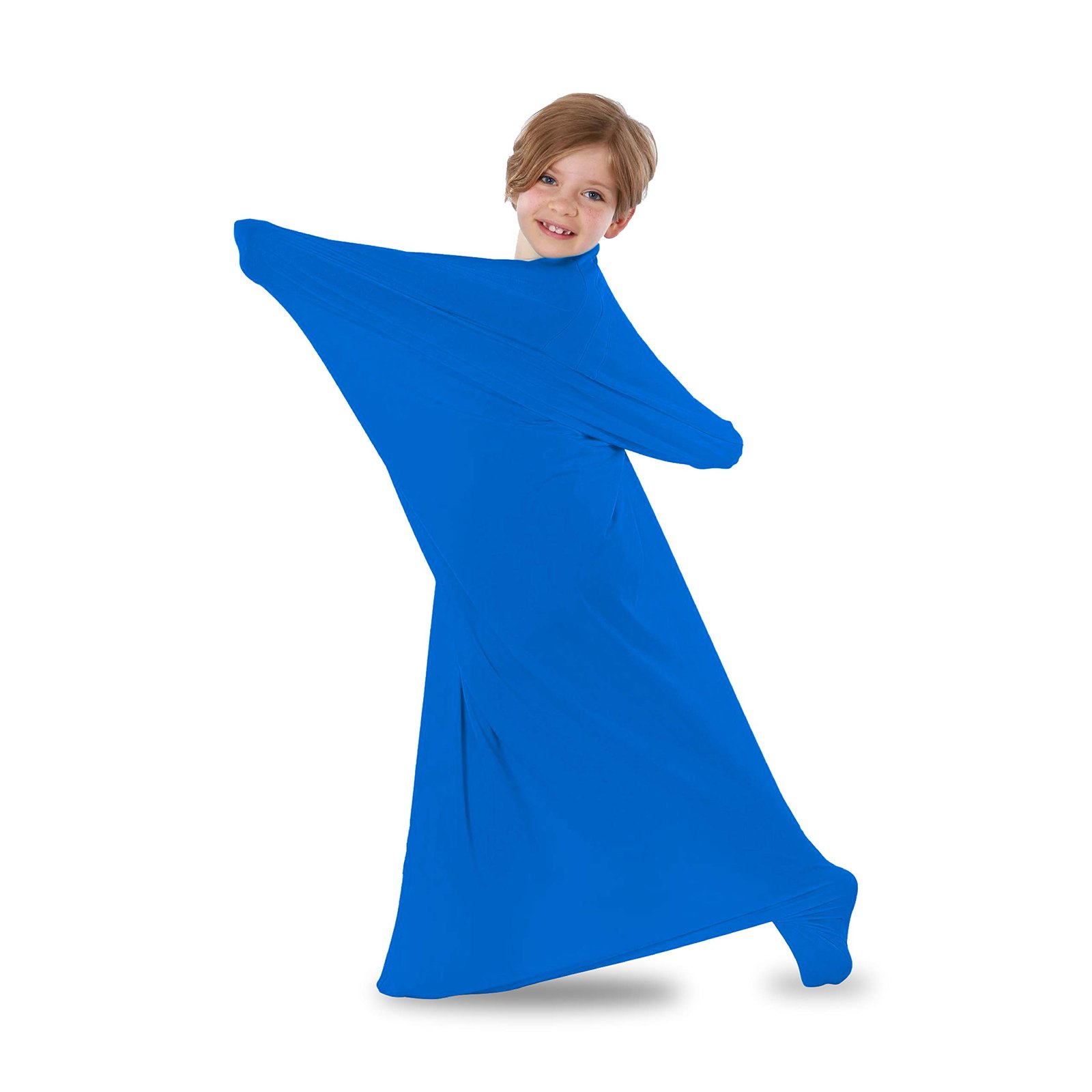A sensory bag is a great way to help kids with sensory processing disorder. They can provide a calm and soothing environment while also providing tactile feedback. In this post, we’ll go over the different types of sensory bags, how to make them, and the benefits they provide.
Different types of sensory bags and benefits they provide
1. What is a sensory processing disorder?
Sensory processing disorder (SPD) is a condition that affects the way the brain processes information received from the senses. Kids with SPD struggle with everyday tasks like making friends, sitting still in class, and completing simple tasks like getting dressed. For these kids, everyday life is a constant battle as they try to make sense of the overwhelming amount of sensory information their brain is trying to process. Sensory bags are a great way to help these kids. A sensory bag is a bag filled with different textures, sounds, and smells. Kids can explore the bag at their own pace, taking in the sensory input as their brain tries to make sense of it all. For kids with SPD, this can be a lifesaver.
2. How does a sensory bag help?
A sensory bag can help improve a child’s sensory processing. Sensory bags are filled with different materials that provide sensory input. They can be used to calm a child or help them focus. The bag can be squeezed, played with, or just looked at. The child can also explore the different textures inside the bag.
3. What should I put in my sensory bag?

So, what do you put in a sensory bag? The possibilities are endless, but we’ve compiled a few of our favourite ideas to get you started. Small toys, balls, and figurines are perfect for little hands. You can also add in some textured items like fake fur, ribbons, or sequins. If your child loves water play, fill the bag with some water beads or small plastic cups. And don’t forget about the smell! Incorporate some scented oils, spices, or dried flowers to give your child an extra sensory experience. As long as the items are safe and non-toxic, let your child’s imagination be your guide!
4. How do I make a sensory bag?
Making a sensory bag is easy! You’ll need a resealable sandwich bag, a selection of objects and textures to put inside, and some water. Simply place your chosen items into the bag, add water, and seal closed. Gently shake the bag to allow the objects to move around. That’s it! Your child will love exploring the different textures and objects inside. You can make different bags for different purposes—a relaxation bag with soft materials and calming scents, a focus bag with fluffy objects and bright colours, or a concentration bag with hard textures and strong smells.
5. Tips for using a sensory bag
A sensory bag is a great way to help kids who are struggling with a sensory processing disorders. It’s a calm and relaxing activity that can help them focus and calm down. Here are a few tips for using a sensory bag:
- Start with a simple bag that’s easy to fold and store away when not in use.
- Use soft, calming fabrics like fleece or chenille to make the bag soft and inviting.
- Opt for materials that have a variety of textures, like sand, rice, beads, or small balls.
- Make sure the contents of the bag are safe for your child to explore and feel.
- Talk to your child about what they’re experiencing as they explore the bag. Ask them questions about the textures and materials they’re touching.
- Once your child has become comfortable with the sensory bag, start increasing the level of challenge by adding in new textures and materials.
Sensory bags can be a great way to help kids with sensory processing disorder. These bags can provide a way for kids to calm down and focus, and can also help improve tactile and sensory skills. When creating a sensory bag, it’s important to include items that are interesting and stimulating for the child. Be sure to experiment with different items and colours to find what works best for your child.

